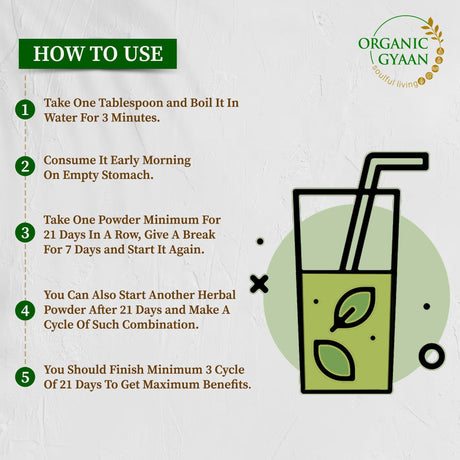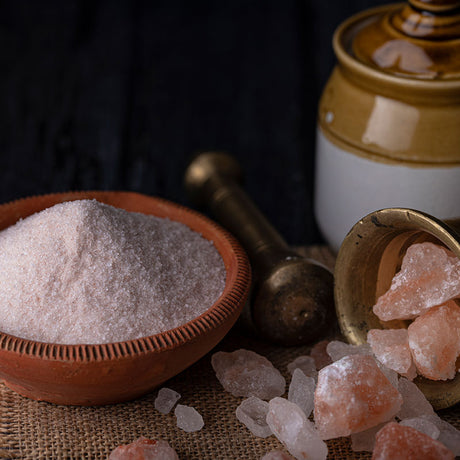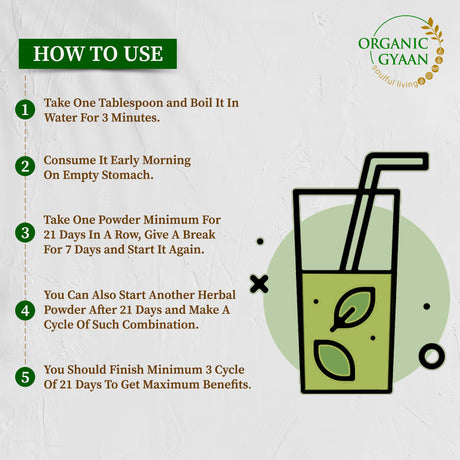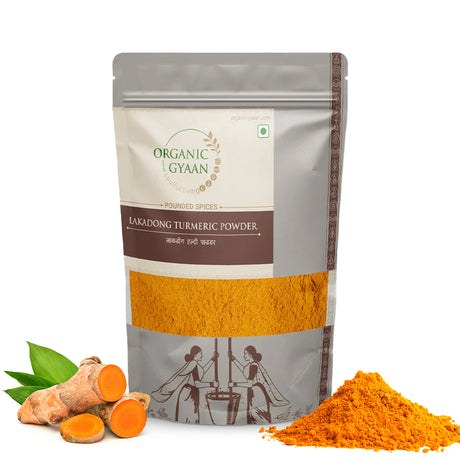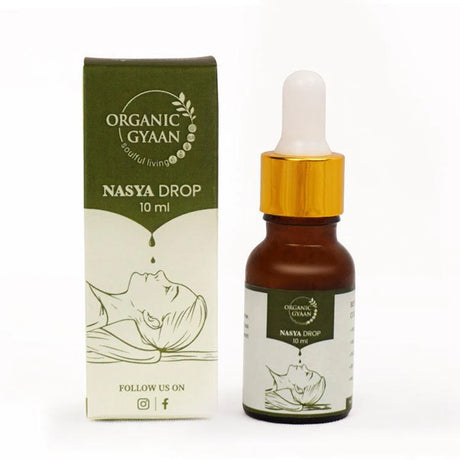Diabetes is one of the most common chronic conditions in the world, affecting over 500 million people globally. But did you know there are different types of diabetes—and that they work in very different ways?
Understanding the difference between type 1 and type 2 diabetes is more than just a medical detail—it helps with early diagnosis, proper treatment, and long-term health planning. Whether you or someone you love is living with diabetes, knowing these distinctions can make a big difference.
Let’s explore what separates these two conditions, including the symptoms of type 1 diabetes, how type 2 develops, and what you can do about both.
What Is Diabetes?
In simple terms, diabetes is a condition where your blood sugar (glucose) levels become too high. This happens because of a problem with insulin—a hormone produced by the pancreas that helps your body use sugar for energy.
In diabetes, either:
- Your body doesn’t produce insulin (as in type 1 diabetes), or
- Your body doesn’t use insulin properly (as in type 2 diabetes)
Both result in elevated blood sugar, which can lead to serious complications over time if not managed properly.
What Is Type 1 Diabetes?
Type 1 diabetes is an autoimmune condition where the body mistakenly destroys the insulin-producing cells in the pancreas. Without insulin, sugar can’t move into cells for energy, causing blood sugar to rise.
Common in:
- Children
- Teenagers
- Young adults
But it can develop at any age.
Type 1 Diabetes Symptoms
These symptoms often come on suddenly and severely, including:
- Frequent urination and extreme thirst
- Unexplained weight loss
- Constant hunger
- Fatigue and weakness
- Blurred vision
- Irritability or mood swings
Because of its rapid onset, type 1 diabetes symptoms can be mistaken for the flu or other illnesses, especially in kids. But early detection is critical.
What Is Type 2 Diabetes?
Type 2 diabetes is a condition where the body still makes insulin, but cells don’t use it properly. This is called insulin resistance. Over time, insulin production may also decrease, leading to high blood sugar levels.
Common in:
- Adults over age 40
- But increasingly seen in teens and young adults due to rising obesity and sedentary lifestyles
Type 2 Diabetes Symptoms
Symptoms may be mild or go unnoticed for years, including:
- Increased thirst and frequent urination
- Fatigue
- Slow-healing wounds
- Recurrent infections
- Blurry vision
- Tingling in hands or feet
Because the symptoms are subtle, type 2 diabetes is often diagnosed only after complications start appearing.
Key Differences Between Type 1 and Type 2 Diabetes
Let’s break down the difference between type 1 and type 2 diabetes in a simple table:
| Feature | Type 1 Diabetes | Type 2 Diabetes |
|---|---|---|
| Cause | Autoimmune attack on insulin-producing cells | Insulin resistance and gradual pancreas fatigue |
| Insulin production | None (or very little) | Still produced, but not used effectively |
| Typical age of onset | Childhood or young adulthood | Adulthood, but now also in youth |
| Symptoms | Sudden and severe | Gradual and often unnoticed |
| Management | Lifelong insulin therapy | Diet, exercise, medication, sometimes insulin |
| Prevention | Not currently preventable | Often preventable with lifestyle change |
Causes and Risk Factors
Causes of Type 1 Diabetes:
- An autoimmune reaction – The immune system mistakenly attacks the insulin-producing beta cells in the pancreas.
- Genetic predisposition – This is a common myth. While genetics may influence susceptibility, Type 1 diabetes is not directly inherited. Many people believe it’s passed down through family lines, but in reality, most cases arise without any family history, and lifestyle factors often play a more prominent role.
- Possibly triggered by viral infections – Certain viral infections in early life may trigger the autoimmune response that leads to Type 1 diabetes.
Causes of Type 2 Diabetes:
- Genetics – Often misunderstood as a primary cause. While family history may increase risk slightly, Type 2 diabetes is not predetermined by genetics. The real culprits are usually lifestyle-related factors. Blaming genetics can overlook the power of making healthy changes to prevent or manage diabetes.
- Obesity and belly fat – Excess fat, especially around the abdomen, increases insulin resistance, making it harder for your body to regulate blood sugar.
- Lack of physical activity – A sedentary lifestyle slows metabolism and reduces your body’s ability to use insulin efficiently.
- Poor diet (especially high sugar and processed food intake) – This is one of the biggest triggers for developing Type 2 diabetes. Diets rich in refined sugars, junk food, and processed carbs spike blood sugar, stress the pancreas, and over time, contribute heavily to insulin resistance and diabetes onset.
Unlike type 1, type 2 diabetes is often lifestyle-related and can be delayed or even prevented through healthier habits.
How Are They Diagnosed?
Both types of diabetes are diagnosed through blood tests, including:
- Fasting Blood Sugar Test
- Hemoglobin A1c Test
- Oral Glucose Tolerance Test
For type 1 diabetes, doctors may also check for autoantibodies, which are immune markers not seen in type 2 diabetes.
Treatment & Management
Managing Type 1 Diabetes:
- Focus on a balanced, diabetes-supportive diet – While insulin may be prescribed in most cases, many individuals can manage Type 1 diabetes more effectively by adopting a disciplined, whole-food-based diet. Include low-glycemic foods like millets (Siridhanya), leafy greens, healthy fats (like A2 ghee), and fiber-rich lentils. Avoid processed foods and refined sugars as much as possible.
- Frequent blood sugar monitoring – Keeping track of glucose levels helps you understand how your food, activity, and stress levels impact your diabetes.
- Healthy eating and exercise – Regular physical activity and nutrient-dense meals help improve insulin sensitivity and maintain steady blood sugar levels.
- Regular check-ups with a diabetes care team – Stay in touch with a health practitioner who supports both medical and natural approaches for well-rounded diabetes care.
There’s no cure yet, but with proper management, people with type 1 diabetes can live full, healthy lives.
Managing Type 2 Diabetes:
- Focuses on lifestyle changes—a healthy diet, physical activity, and weight management
- Blood sugar monitoring and routine care
Many people with type 2 diabetes can reduce or even reverse symptoms with the right changes.
Tips to Stay Healthy with Any Type of Diabetes
No matter the type, here are some tips for better control:
- Track blood sugar regularly – Understand how food and activity affect your levels.
- Stay active – Aim for at least 30 minutes of movement most days.
- Eat balanced meals – Focus on fiber, protein, and millet grains. Avoid sugary drinks and processed snacks.
- Manage stress – Chronic stress can spike blood sugar.
- Sleep well – Restful sleep helps regulate blood sugar and appetite hormones.
Final Thoughts: Know the Difference, Take Control
Type 1 and Type 2 diabetes may seem similar, but they’re different in how your body handles insulin. Type 1 usually starts earlier and needs insulin daily, while Type 2 is more common in adults and can often be managed with diet and lifestyle.
Though Type 1 is seen as lifelong, many people are now seeing better sugar control—even reversal—through natural methods, clean eating, and mindful living.
At Organic Gyaan, we create simple, personalized diet plans based on Ayurveda and Indian wisdom. With Siridhanya millets, A2 ghee, and herbal support, we help you manage both Type 1 and Type 2 diabetes in a natural and safe way.
Take small steps. Trust nature. Heal from within.





